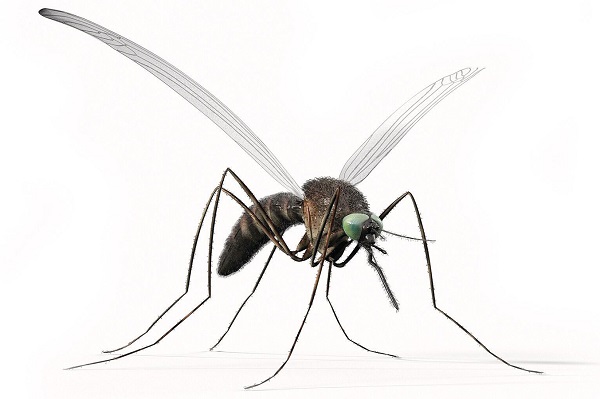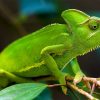
While running into wild animals in a forest can seem like the worst circumstance for humans, plenty of other animals are far more killers than large predators we can imagine.
As revealed by BBC Science this list ranks the top 10 deadliest animals by the number of people killed per year / annually. While many animals live harmoniously alongside us, some species have earned a reputation for their potential to be deadly to humans.
What Makes These Animals Dangerous To Humans and Environs
Foremost we should know that animals have evolved a variety of natural weapons that can be potentially fatal to humans. Here’s a list of some of the personalized weapons found in the animal kingdom:
- Venom: Various creatures use venom to incapacitate or kill their prey.
- Claws: Many animals have sharp claws that can inflict serious injuries.
- Teeth: Predators have powerful jaws with sharp teeth designed to tear into bodies.
- Antlers, Horns, Tusks: Certain species use their antlers and horns to fight rivals and defend against threats.
- Spines, Stingers: Animals have spines, some venomous, that can cause painful injuries or death.
- Hooves: Large ungulates can deliver powerful kicks with their hooves.
- Physical Power: The sheer size and strength of some species can make them inherently dangerous.
Now let’s dive into the list of the world’s most dangerous animals.
1. Mosquitoes
Mosquitoes, of course, are the reigning conquerors of the toll they take on humans. Every year they kill more than 700,000 people through a multitude of deadly diseases—dengue, yellow fever, malaria, Zika virus, and West Nile virus, primarily through their bites.
By some estimates, mosquitoes are responsible for the deaths of half of all humans.
2. Humans
Humans are the most dangerous land mammal and the second deadliest species overall, causing approximately 540,000 deaths annually through various means, such as homicides, accidents, and disputes.
These statistics emphasise the tragic outcomes of brutality, imprudence, and war, highlighting the urgent need for peace, safety, and conflict resolution.
3. Snakes
Snakes, despite their vital function in many ecosystems, are accountable for around 75,000 human deaths each year, primarily due to venomous snakebites.
Venomous snakes, such as vipers, cobras, and rattlesnakes, produce toxins that can cause a range of symptoms. These symptoms may include localized pain, swelling, tissue damage, difficulty breathing, paralysis, and bleeding.
Moreover, in severe cases, untreated snakebites can lead to demise.
4. Dogs
While dogs are beloved pets for many, they are responsible for approximately 13 to 59,000 human deaths each year.
Dog maulings or aggression can result in severe injuries or fatalities. However, the more prominent threat associated with dogs is the transmission of rabies, a viral disease that affects the central nervous system of the victim.
Dogs may pass the virus to humans through bites or scratches. If not treated promptly after exposure, rabies is almost invariably fatal.
5. Assasin Bug
Assassin bugs, specifically the kissing bugs within this subfamily, can transmit a murderous parasitic disease known as Chagas disease to humans.
These nighttime blood-feeding insects often bite around the lips or face, hence the name “kissing bugs.” While their bites are usually painless, the parasite they carry can lead to chronic and severe health issues, including heart and digestive problems.
The parasitic infection kills approximately 7,000 individuals each year, predominantly in Central and South America.
6. Scorpions
Scorpions, known for their mysterious appearance and painful sting, are very dangerous creatures.
Their stings can cause severe pain, swelling, numbness, and, in some cases, life-threatening symptoms. Scorpions are often found in arid regions and can easily hide in shoes, clothing, or under rocks, making human encounters quite common. They are responsible for 3,500 deaths annually.
7. Crocodiles
The crocodile is reportedly responsible for 1,000 lives claimed yearly.
With their stealth and mighty jaws, crocodiles are aquatic predators. In regions where crocs and people share waterways, fatal attacks are more common than one might think. Human activities like swimming, fishing, or washing near crocodile-inhabited waters carry inherent risks.
These reptiles are masters of ambush and can launch lightning-fast attacks on their prey, which sometimes tragically includes humans.
8. Elephants
Elephants, the world’s largest land mammals, are involved in about 100 human fatalities annually, often resulting from human-elephant conflicts.
Deadly elephant attacks are infrequent. These giants are often provoked before they become a danger to humans. They attack when they feel threatened or their habitats are encroached upon.
9. Hippopotamus
Hippos are responsible for roughly 500 human deaths each year, making them one of Africa’s most detrimental large mammals.
Despite their seemingly docile nature, these weighty herbivores are territorial and exceptionally protective of their space, especially in the water. When agitated, they can charge at boats, vehicles, or unsuspecting humans, causing catastrophic injuries or fatalities.
10. Lions
Lions, regarded as the king of the jungle are responsible for roughly 100 human deaths per year, primarily in areas where human populations overlap with these big cats. Lions may be drawn to human settlements by the scent of food, livestock, or even garbage. In areas where natural prey is scarce or where lions have developed a taste for livestock, they may also view humans as potential prey.
Some other world-deadly animals also include;



